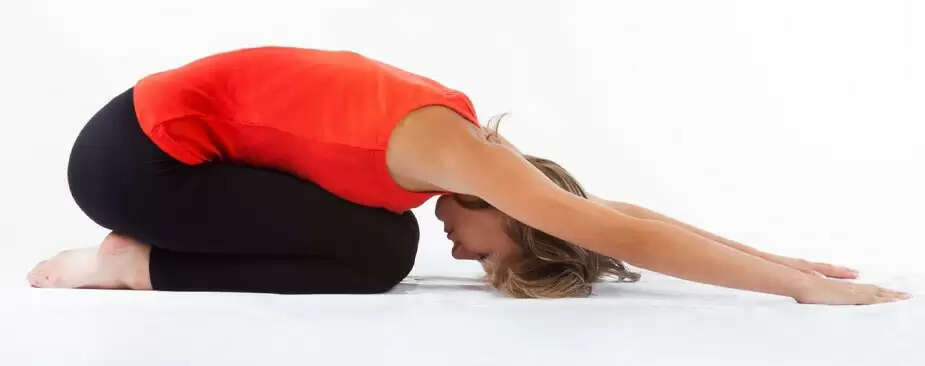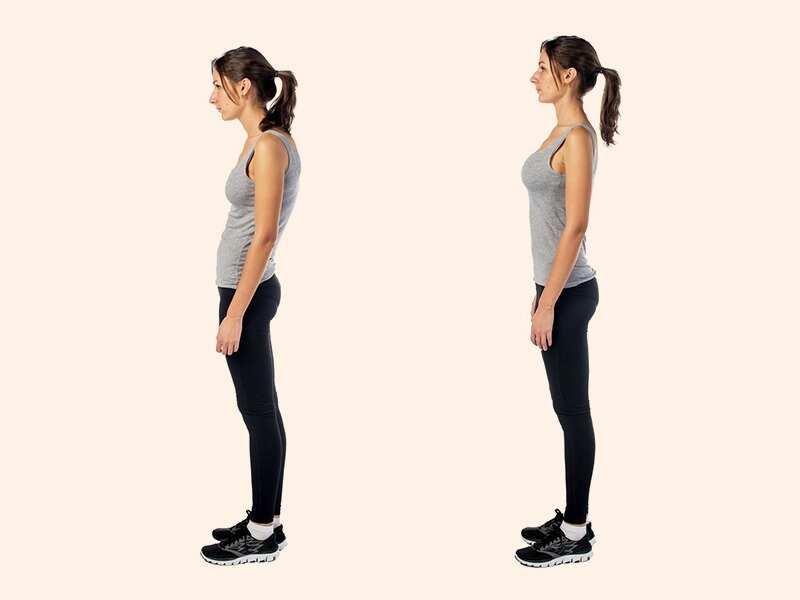How to Perform the Rabbit Pose: Step-by-Step Instructions and Benefits

In today's sedentary lifestyle, spinal instability has become a common affliction for many people. Spending hours sitting at a desk or screen can cause stiffness and discomfort in the spine. Fortunately, yoga offers a solution in the form of Rabbit Pose (Sasangasana). This simple yet powerful pose can help relieve spinal instability and promote overall spine health. In this article, we will explore how to do Rabbit Pose correctly and its numerous benefits.

Understanding the Rabbit Pose
Rabbit Pose, or Sasangasana, is a gentle inversion and forward bend that targets the spine, shoulders and neck. It is often incorporated into yoga sequences for its ability to stretch and lengthen the spine while massaging the internal organs. This pose resembles curling a rabbit into a ball, hence the name.
How to do the Rabbit Pose
- Begin by kneeling on your yoga mat with your hips resting on your heels. Keep your knees together or slightly apart, whichever feels most comfortable for you.
- Take a deep breath and as you exhale, lean forward, lowering your forehead to the mat.
- Reach your arms behind you, palms facing your lower back with fingers pointing down. Your elbows should be close together.
- As you inhale, lift your hips toward the ceiling, rolling over the crown of your head. Keep your arms straight and engaged.
- Exhale as you lift your hips, bringing your forehead as close to your knees as possible. Your weight should be supported by your head, hands and knees.
- Hold the pose for 5-10 breaths, breathing deeply and evenly.
- To release the pose, slowly lower your hips, release your arms, and return to the starting position.

Tips for Rabbit Pose
- Avoid putting too much pressure on your neck or head. Your weight should be evenly distributed between your head, hands and knees.
- If you have neck injuries or discomfort, you can place a folded blanket or pillow under your head for support.
- Focus on lengthening your spine with each breath, creating space between each vertebrae.
- Go into as many poses as are comfortable for you. Listen to your body and avoid pushing yourself into pain or discomfort.
Benefits of Rabbit Pose
1. Spine flexibility
Rabbit pose provides a deep stretch along the entire length of the spine, from the cervical to the lumbar region. Regular practice can help increase flexibility and mobility in the spine, reducing stiffness and stress.
2. Improved posture
By stretching and lengthening the spine, Rabbit Pose helps correct postural imbalances caused by slouching or hunching. It encourages proper alignment, which leads to good posture both on and off the yoga mat.
3. Stress relief
A gentle inversion of Rabbit Pose has a calming effect on the nervous system, helping to reduce stress and anxiety. The controlled breathing and mindful focus required in the pose also promotes relaxation and mental clarity.
4. Stimulates digestion
Abdominal contractions in Rabbit Pose stimulate the digestive organs, promoting healthy digestion and elimination. This can help relieve digestive problems like bloating, gas and constipation.
5. Opens the shoulders and chest
As you reach your hands behind you in Rabbit Pose, you stretch and open the shoulders and chest, countering the rounded front often associated with poor posture.
6. Energizing effect
While Rabbit Pose has a calming effect on the nervous system, it also helps invigorate the body and mind by increasing circulation and oxygen flow. This can help fight fatigue and boost energy levels.
